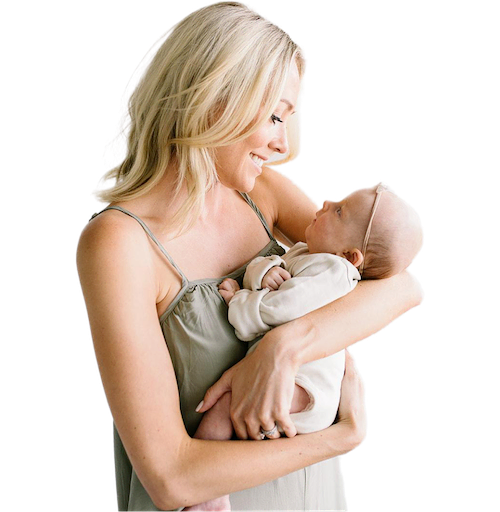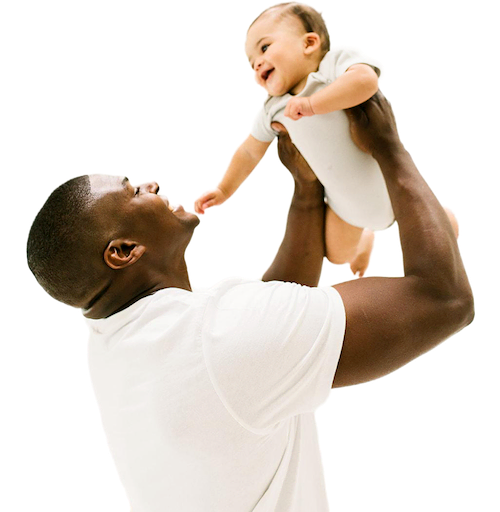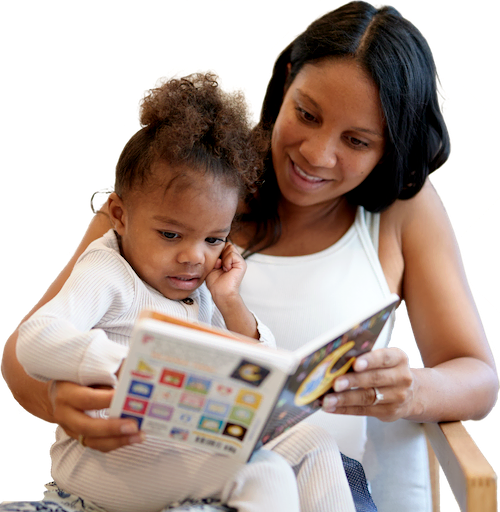Let’s be honest: babies fall asleep in their car seats! But...if we aren’t educated, the very product we use to keep babies safe in the car can actually become a safety HAZARD!
HOW is it possible to keep your baby SAFE when he falls asleep in the car seat?
Let me show you!
Most importantly, we need to keep in mind that car seats were not created to be safe sleeping devices. (Stay with me!) Car seats are designed, crash tested and sold so we can safely transport our little ones and protect their developing bodies in the event of an accident. (If the car seat is your only sleep strategy, remember, Taking Cara Babies can help with that.)
As a nationally certified car seat safety technician and owner of Safe in the Seat, I can advise you on how to help keep that sweet baby sleeping safe in the car seat until you can transfer him or her to a flat, firm surface.
Our #1 priority for keeping babies safe in the seat: Keep that airway open!anchor
We love our squishy littles, but keep in mind that the inside of their bodies is all squish. Caregivers serve as the structure for babies until those little muscles are strong enough to work independently. And, while the muscles aren’t working independently, a baby doesn’t have the ability to lift his or her own neck. On top of that, inside that tiny neck is an airway the size of a drinking straw. Keeping that drinking-straw-sized airway open is the most important priority for safe sleep in a car seat.
Note: Most babies gain neck control between 3-6 months of age. Before they gain that ability to lift their own neck, our babies are at the highest risk for positional asphyxiation (which would mean that the straw-sized airway is blocked due to their body being in an unsafe position).
How do we keep that airway protected?anchor
1. Double-check your recline.anchor
We hear all the time that a flat surface is best for safe sleep. And, it is — except in the car. Car seats are designed specifically to keep kids in a safe breathing position and to protect their head, neck, and spine in the event of a crash. Installing them at the proper recline angle is one of the most important safety factors.
Here’s a quick rundown:
If you’re using an infant carrier without the infant base or a convertible car seat, there will be a line indicator on the side of the car seat shell to show you exactly where that seat is safely angled. If it’s hard to see, add a piece of painter’s tape to it or color it in with a gold sharpie so you don’t miss it! If you’re using an infant carrier with a base, the recline indicator will be on the base itself and will be a ball, wheel, line or red/green panel — but there will always be something to ensure your angle is just right.



2. Buckle securely inside and outside the car.anchor
After working with many families, I know I’m not the only one who thought buckling a baby would be intuitive. It’s not! If your baby hasn’t arrived yet, use a doll, a teddy bear and/or a friend’s baby to practice harnessing well before your little one arrives. Trust me, you don’t want to be figuring it out in the hospital.

Once your baby is Earth-side, keep in mind that he was just in a really snug environment inside the womb, and he loved it there. The car seat harness not only keeps his tiny body in the proper position in case of an accident, but it also creates that snug feeling (much like a swaddle). Plus, a 2015 Journal of Pediatrics study shows that when car seats are used as directed by the manufacturer’s guidelines, babies have a very low risk of suffocation or strangulation from the harness straps. You can breathe easily knowing baby is breathing easy too.
Once you know how to properly harness your little one, beware of a common mistake: loosening the harness when outside the car. “But it’s so tight. She looks uncomfortable. Can’t we just unbuckle his chest clip? We’ll fix it when we get to the car.”
Whether in or out of the car, the harness needs to stay in its proper position, fully buckled, with no extra slack. As advanced as she seems, your little can’t hold herself in a safe position yet. The harness does that for us, serving as the mechanism to ensure her tiny body stays put safely. If you unbuckle the chest clip, release the crotch buckle, or loosen the harness, your baby can slide down in the seat. Scary things like head slump, suffocation and/or falling out of the seat could occur if you make this mistake.
Remember, anytime your baby is in that car seat, keep him or her properly buckled at all times.
3. Don’t add any after-market products.anchor
There is no federal crash test standard for after-market car seat products (I wish, wish, wish there was.). Putting something around, behind, or in front of your child’s head completely defeats the purpose of the seat. It’s designed to protect your child just as it comes. Don’t re-engineer the car seat when you’ve already paid a pretty penny for the car seat company to engineer it safely for you.

4. Keep your eyes on your baby when outside of the car.anchor
What about when you’re out of the car? We know the safest option is to transfer those sleepy littles onto a flat, firm surface (or your arms or baby wear) the moment you’re home, but with busy-parent lives, home isn’t always the destination.
Try these quick tips for safe sleep in a car seat when you’re out and about:
In the stroller: If you haven’t yet purchased your stroller, opt for one that allows a small baby to lay flat on his back (like a bassinet style attachment). Not only is it safer for sleep, but it’s also better for baby’s oxygen levels, growth and development. If you are going to use the car seat in a stroller, make sure to confirm that your car seat is approved for use with that stroller system. Contacting your car seat manufacturer is the best way to find that information.
In a shopping cart: Always put your car seat in the large section of the cart. The front seat of the shopping cart is only meant for bigger kiddos. Adjust the car seat handle to the “stand” position to stabilize the seat so that it doesn’t move around. Then, just make sure that that your sweet babe is harnessed properly, facing you, and you can see his cute face at all times!
On the ground: When you finally have the first meal out of the house, put the car seat on the ground close to you. And, just like with the shopping cart: adjust the car seat handle to the “stand” position, resist the urge to unbuckle or loosen the harness, and keep your eyes on your baby in between bites!
Ahh, finally home: While it can be sweet relief to set that car seat carrier down in the living room and take a nap, shower, or binge-watch Netflix in the other room, this can put your little one in danger. The moment you get home, transfer your baby to a safe sleeping environment.
5. Weird positions are not wrong positionsanchor
Now, my most asked question and one of the top car seat worries is about head and neck position. When we see a child with their neck kinked strangely, all we can do is think about how uncomfortable they must be. But, remember — a child is not a small adult. They’re all squish. They don’t have the same aches and pains we do.
What does that mean?
Make sure that:
There are no medical concerns.
The car seat is reclined properly.
The harness is being used correctly.
You have not added any aftermarket products.
The baby is within your line of sight.
If you can check off all of those boxes, the weird pretzel he has become in his seat is just weird, not unsafe. To triple check yourself, you can always visit a certified car seat safety technician.
This first set of images shows safe car seat sleep.

This second set of edits demonstrates unsafe car seat sleep. The car seat is missing the newborn insert that came with the seat to support the neck, and the recline is not correct. You can tell by the slumping over of the newborn's head.

Want a quick cheat sheet? Download our safe sleep in car seats checklist. (It also covers safe harnessing and safe installation.)
Need more help? Want to see someone demonstrate all of this for you? You can access all of these tips and more in my Car Seat course.
I know firsthand the balance of safety and convenience. Of being cooped up in the house and juggling other kids or errands. Of always thinking of your children’s safety before your own. And, I am here to tell you that scary things do happen in spite of all that. We all watch the news — we’ve seen the worst. We just don’t think that’s ever going to be us, but it can be if we don’t control what’s controllable.
So, let’s control what we can and bless and release the rest. It’s my motherhood mantra.
Keep in mind that the information and content on this blog is for informational purposes and should not be considered medical advice. If you have questions about your child, please reach out to your doctor.








